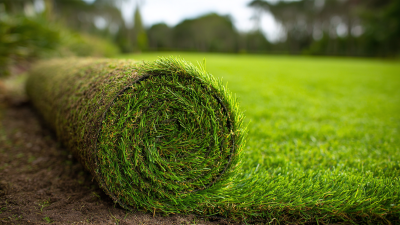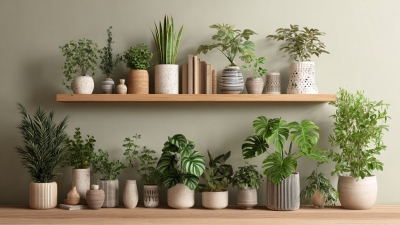In recent years, the demand for high-quality Football Artificial Grass has surged, driven by the growing need for durable, low-maintenance playing surfaces across various facilities. According to a report by Research and Markets, the global artificial turf market is projected to reach USD 4.5 billion by 2025, with football being one of the primary sports contributing to this growth. Facilities are increasingly opting for artificial grass to ensure year-round usability, minimizing downtime for maintenance and enhancing overall player experience. Choosing the right type of Football Artificial Grass is crucial, as it affects not only the aesthetics of the facility but also player performance and safety. In this blog, we will explore key factors to consider when selecting the perfect artificial grass for your football facility, ensuring that you make an informed decision that meets both operational and gameplay standards.
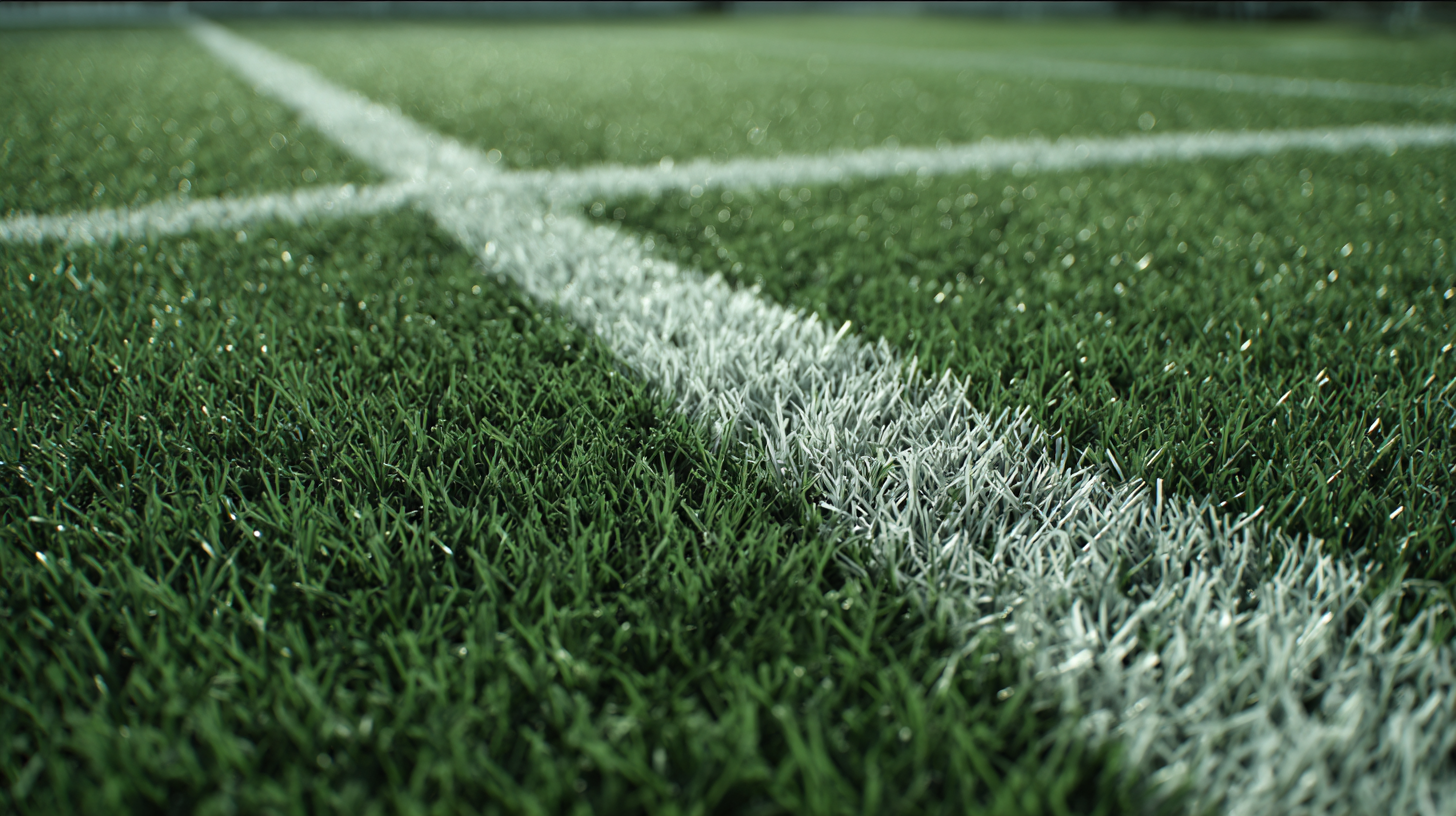
When selecting the perfect artificial grass for your football facility, it is essential to consider several key factors. First and foremost, the type of material used in the grass plays a significant role in performance and durability. Look for high-quality polyethylene or polypropylene options that mimic the feel and play characteristics of natural grass. Turf with a higher pile height can offer better cushioning, which helps reduce the risk of player injuries and ensures a more enjoyable playing experience.
Another critical aspect to consider is the intended level of play. Fields designed for professional teams might require advanced turf systems with superior shock absorption and drainage capabilities, while recreational facilities may have different budgetary constraints and usage patterns. Additionally, pay attention to the infill material, as it can impact the playability and maintenance of the surface. Choosing the right infill, whether it's crumb rubber, sand, or a hybrid solution, can enhance performance and prolong the lifespan of your artificial grass. Evaluating these key factors will help you make an informed decision that meets the specific needs of your facility.
When selecting artificial grass for a football facility, understanding the different types of materials available is crucial.
The two primary types of artificial grass used for football are polyethylene and polypropylene.
Polyethylene is favored for its softness and durability, making it ideal for contact sports. According to a report from the International Turfgrass Society, polyethylene fibers can withstand heavy foot traffic and have a longer lifespan compared to other materials, leading to reduced maintenance costs over time.
On the other hand, polypropylene is often used for more budget-friendly solutions, though it lacks the resilience of polyethylene. A study by the Sports & Recreation Facility Association indicates that while polypropylene fields may be cost-effective initially, they could face increased wear and tear, resulting in higher replacement costs.
Additionally, infill materials such as rubber or sand play a significant role in the performance of artificial grass. The right combination can enhance player safety, providing cushioning that reduces the risk of injuries while optimizing ball bounce and traction. As such, careful consideration of both the grass type and infill material is key to choosing the perfect football artificial grass for your facility.
When choosing the perfect artificial grass for football facilities, evaluating durability and performance standards is paramount. High-quality football turf must be able to withstand the rigorous demands of the game, including constant foot traffic and exposure to various weather conditions. Just as automotive testing facilities rigorously assess vehicles for power, safety, and longevity, football turf should be subject to thorough performance testing to guarantee its resilience.
Consider factors such as infill quality, fiber construction, and tuft bind strength, as these elements contribute significantly to the turf's overall performance. A well-constructed pitch not only enhances the gameplay experience but also reduces maintenance costs over time. Equipment used in the testing of artificial grass must mimic real-playing conditions, simulating everything from intense matches to harsh environmental factors. This approach ensures that the chosen turf meets the performance expectations required for a premier football facility.
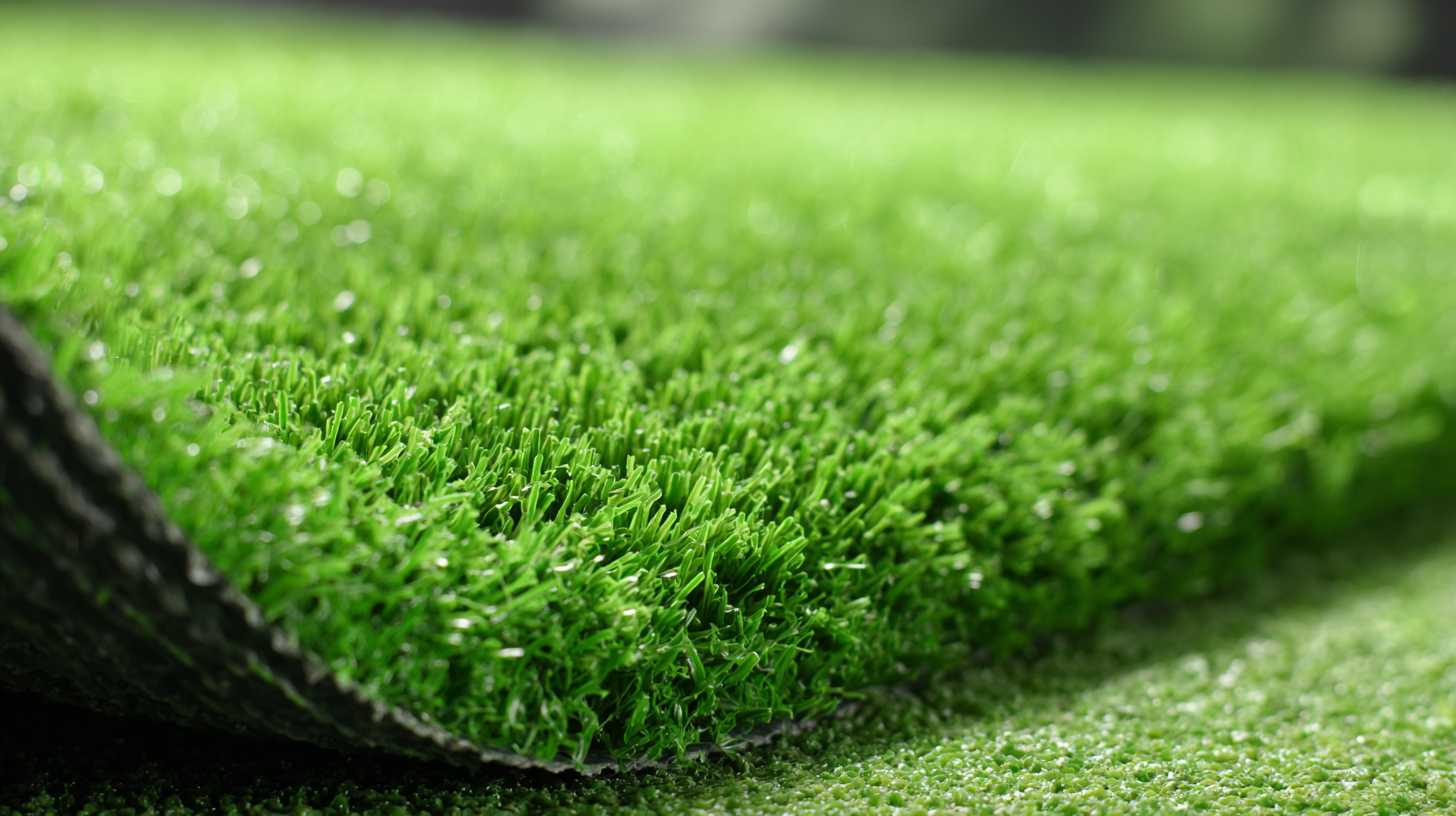
When budgeting for the installation of artificial grass for football facilities, it’s crucial to conduct a thorough cost analysis. While artificial turf is often marketed as a cost-effective alternative to natural grass, recent discussions reveal that taxpayers may not have the whole picture. For instance, communities investing in synthetic fields are often led to believe they will incur lower maintenance costs over time. However, hidden expenses such as infill replacement, periodic repairs, and the need for specialized cleaning can add up significantly.
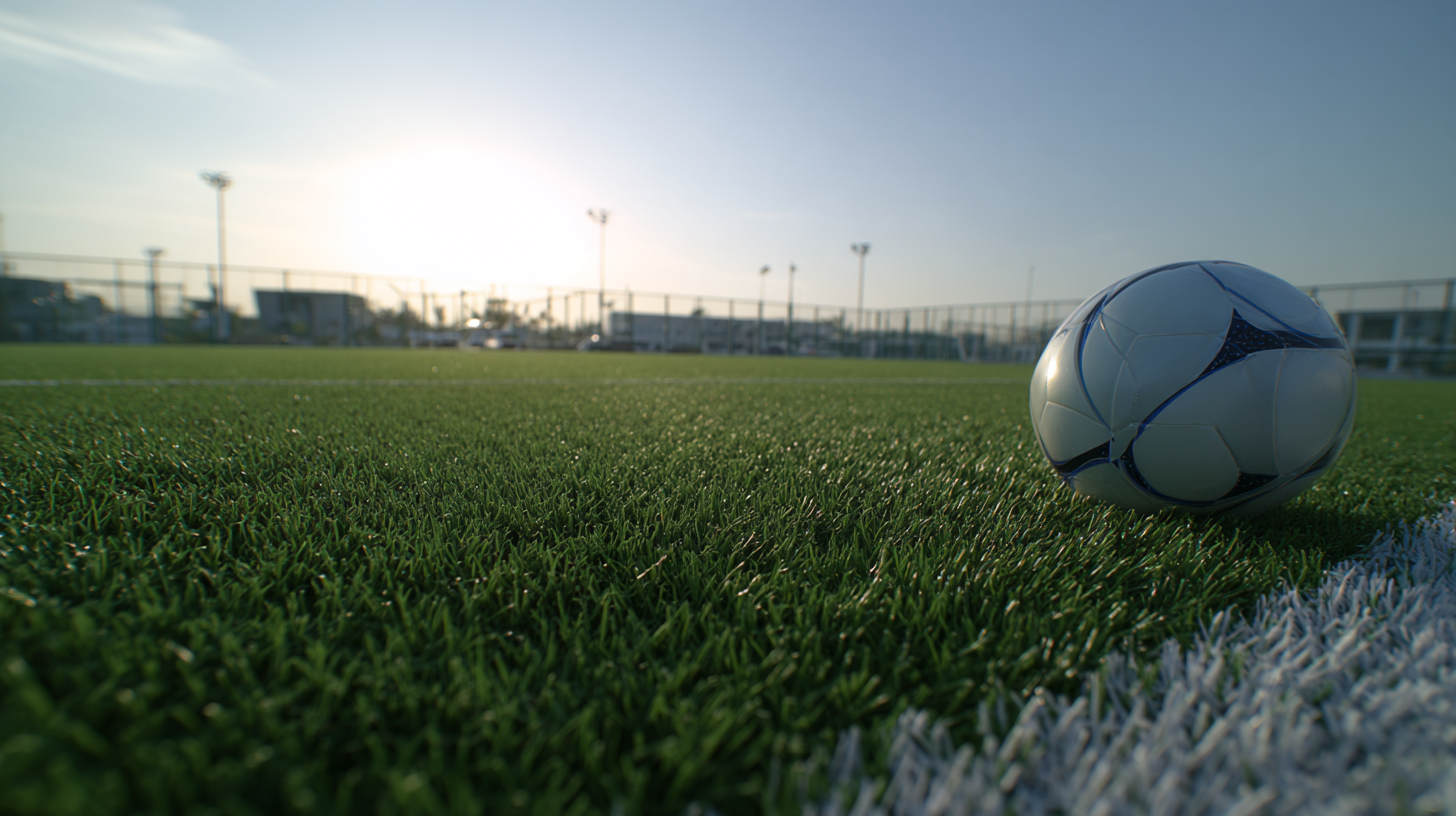
The initial investment for artificial grass can be enticing, especially when presented alongside promises of reduced upkeep and increased field availability. Yet, reports indicate that schools and local governments may fall victim to misleading analyses that downplay the true lifecycle costs of these installations. As seen in recent events, communities like Sauk Centre face a reality check when they realize the ongoing financial commitments tied to artificial turf. Therefore, it’s essential for facility managers and decision-makers to meticulously evaluate all potential costs—short-term and long-term—before committing to an artificial football field.
When investing in artificial grass for your football facility, maintaining its quality and longevity is essential. Regular maintenance can significantly extend the life of your football turf, ensuring that it remains safe and playable for years to come. Here are some tips to keep your artificial grass in top condition.
First, routine cleaning is crucial. Remove debris such as leaves, dirt, and trash regularly to prevent buildup. A leaf blower can efficiently clear off surface debris, while a broom or a rake can help eliminate any stuck particles. Additionally, rinsing the turf with water can help remove dust and pet waste, maintaining hygiene.
Another important aspect of maintenance is infill replenishment. Over time, the infill that supports the synthetic grass fibers may become compacted or wash away. Regularly checking the infill levels and adding more as needed ensures that the grass blades remain upright and resilient. This practice not only enhances the appearance of your turf but also improves its performance, providing a better playing surface for athletes.
